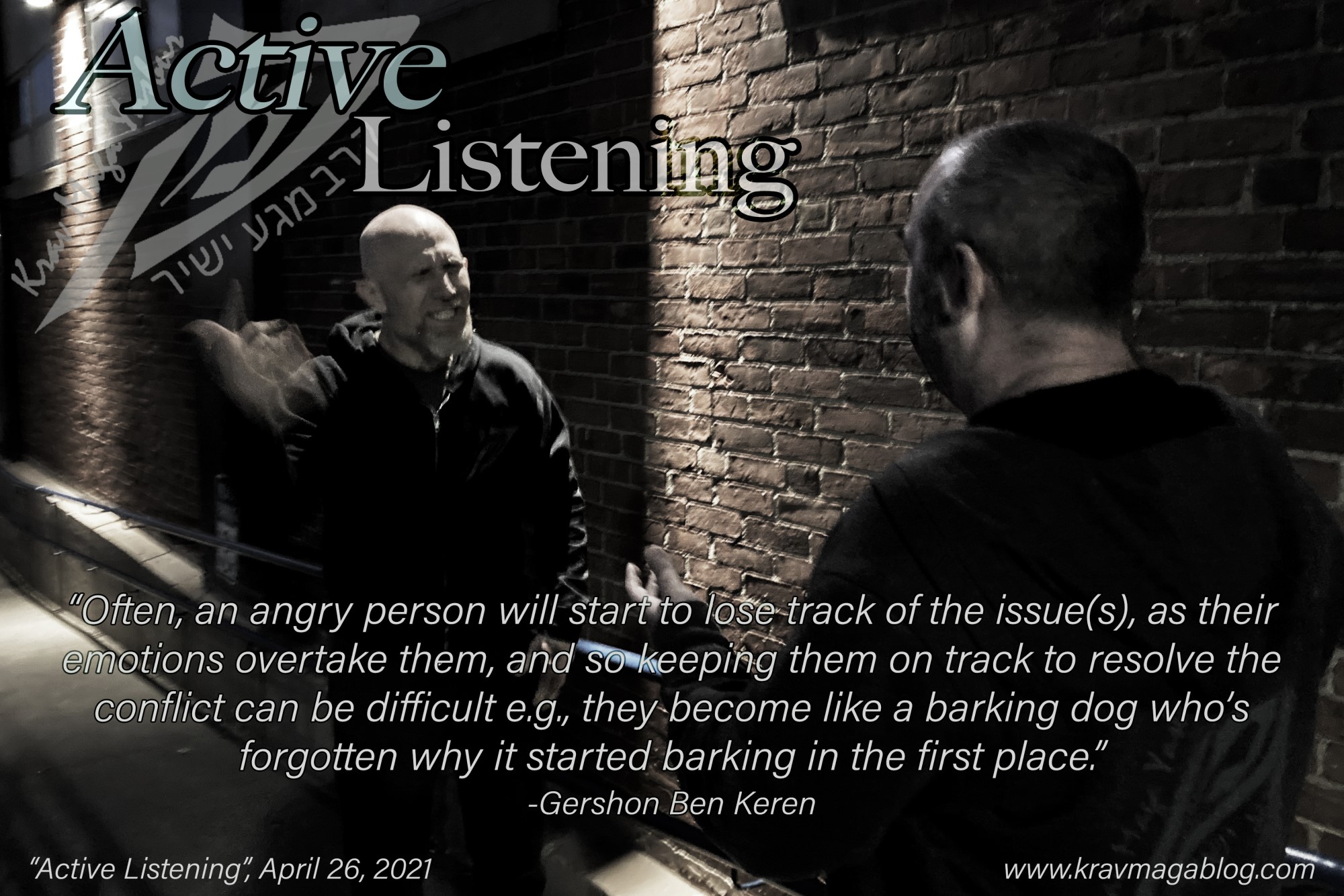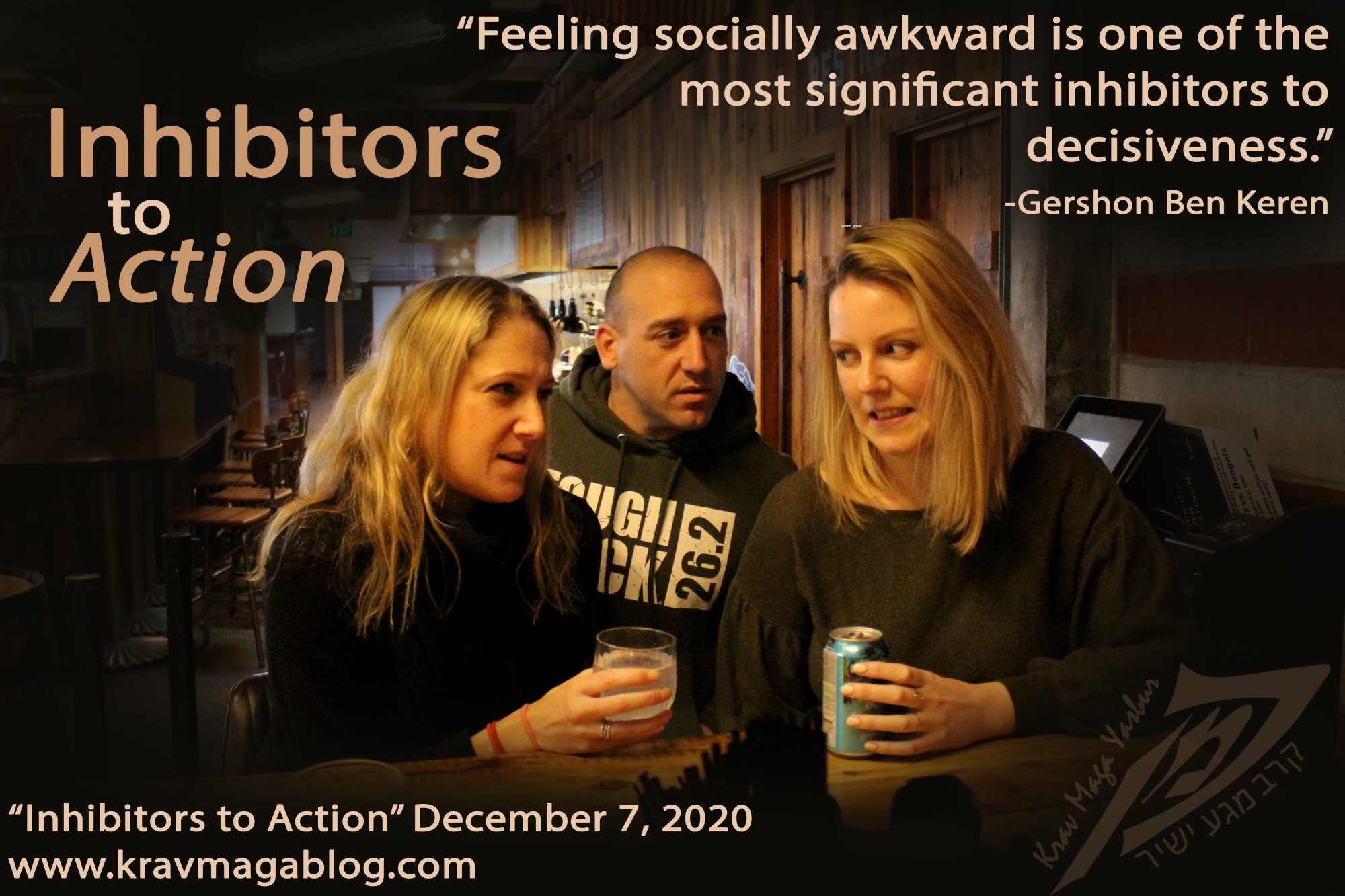Violence Towards Animals, is an article written by Gershon Ben Keren, a 5th Degree Black Belt in Krav Maga, who teaches Krav Maga in Boston, MA. He has also authored three Amazon best-Selling Books on Krav Maga.
Before I write the 2nd article on group violence, I wanted to address something that came up in the news this week. I’m an animal lover. I simply don’t understand abuse or violence towards animals. There are actually very few animals on this planet, which mean us harm, and most want to bond with us in some way- something which humans do not always earn/deserve. This week, I was asked via social media to sign a petition, to get the Fayettville (Arkansas) police to prosecute a group of high school students who had hired a baby goat, to abuse at a party they were holding e.g. they filmed themselves breaking a beer can open on the head of the animal, etc. Unfortunately, violence towards animals is often discounted, and not taken seriously, which sends a message of acceptability to those who engage in it, and reflects very poorly on our societies (The greatness of a nation can be judged by the way its animals are treated. Gandhi). However, when such crimes go unpunished, a valuable record that could be used to predict more violent crimes is lost. In many cases, hurting and killing animals for entertainment, is a precursor to similar actions, committed against humans.
Two of the greatest predictors of psychopathy that manifests itself in the form of serial killing, are arson, and the torture and killing of animals. Both are destructive behaviors, which gives the individual the feeling of complete power and control over others. Serial killers seek to exert complete control over their victims, and at a young age, animals may be the only creatures that they can dominate and have access to. In the video, where one of the high school students smashes his can over the head of the frightened goat – who is held in place as she struggles to get away – there are no signs of remorse over the distress and pain of the animal. In fact, this merely adds to the humor, for these individuals. It takes little imagination to see how a human could be substituted for the goat, in this scene. It would be wrong to make a leap, based solely on this piece of evidence, to say that these teenagers are going to develop into serial killers, however without an arrest, there is no record of this happening - and if one is later arrested for arson, there is no way for the connection between these two predictors to be made. Often, when we ignore or discount lesser crimes, we can fail to predict more serious ones.
We know of active shooters, who have engaged in the torture and killing of animals, before they turned their attention towards humans. William Bryan Cruse, who in 1987, who went on a killing spree at a shopping center in Florida, killing 6 and injuring 14, was known to attach animals to his fence with wire, and leave them there to die. Andrew Golden, who with Mitchell Johnson, was responsible for the massacre at Westside Middle School in Jonesboro, Arkansas (1998), which saw 5 students killed, and a further 10 injured, had previously killed a fellow classmate’s cat, with a BB gun. Killers will often experiment and “practice” on animals, before they move on to human victims. Becoming a killer is a process that occurs over time. For some, the torture and killing of animals becomes something of an addiction, that needs to be fed with ever more serious prey e.g. they may begin with mice and rats, graduate onto cats, and later move on to dogs, and larger animals, until they will only be satisfied by torturing and killing another human being.
Another “lesser” crime that is often a predictor of a greater one, is the stealing of women’s underwear. Whilst this can be a fetish in its own right, it is can also be a good predictor, that the perpetrator will eventually move on to sexual assault, and rape, sometimes becoming a “peeping tom” in between. For certain types of rapists, such as Power Assurance rapists, they need to feel that they have a certain type of relationship with their victim. If they have spied on them previously and possess, “intimate” items such as underwear, they can create in their mind some form of fantasy that sees them and their target being in some form of relationship. Strange as it is, these predators, believe that their victim is already in love with them and doesn’t realize it, or will fall in love with them during the assault. Stealing underwear from clothes lines, or shared washer/driers in communal living spaces, is something that should be treated seriously and given the appropriate attention it deserves, as this could be an indicator that somebody has been selected for an assault.
It is important that certain “lesser” crimes be pursued and prosecuted, not just so that justice is served (though that is a reason in and of itself), but because such a record, allows for a profile to be built, that may help us predict future violence and crimes. Understanding how certain crimes are linked can help law enforcement solve current cases e.g. we are now aware that sexual predators who are incarcerated for long sentences often see their target/victim groups change over the years; a serial rapist who 15 years ago preyed upon a certain demographic, such as women aged between 18 and 25, can change their interest over time to boys aged 8 to 12. It used to be that when a child was abducted in a neighborhood, the only sexual predators living in the neighborhood who were interviewed and suspected were those who had prior offenses against the demographic the missing child fell into. Now that the potential for a target group to shift is understood, those sexual predators who may have once, many years prior, targeted adult victims, are now included in the list of potential suspects. If we are aware that violence against animals can also develop and evolve into sadistic and psychopathic violence towards humans, then a similar “link” can be made.
0 COMMENTS














